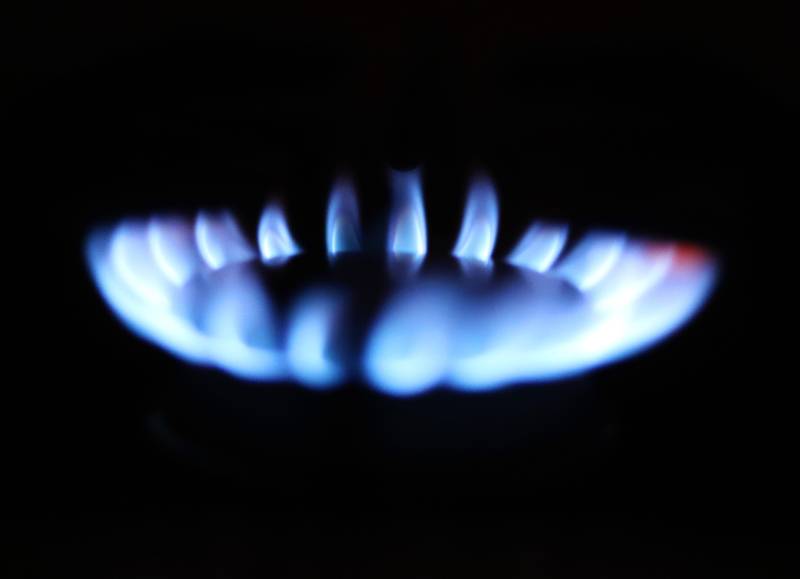The stoves are efficient, fast, and quiet. Induction groupies tout their safety around children or the elderly with memory issues – no one is accidentally turning or leaving a burner on. The surface of an induction cooktop won’t heat up unless there is a pot or pan on top.
Some incentives are available for induction stoves in California. See what you qualify for at the Switch Is On, a website that helps identify rebates and contractors for going electric.
Electric stoves are no longer made up of those black coils that slowly heat up, they too have come a long way. Like induction, new electric stoves are efficient and don’t create the pollution associated with gas stoves.
If you go for a new stove, most homes will require rewiring to accommodate the appliance, which uses more energy than a gas stove. The costs can be significant.
Innovators have met this challenge by building stoves that can plug into a standard outlet, eliminating the need to mess with your electrical setup. Stoves like this one from company Copper include a battery inside, which could allow you to keep using it during a power outage. They come with a hefty price tag of roughly $6,000, but that is offset by a 30% federal tax credit (PDF).
Pollutants that come from cooking food, regardless of fuel
Gas pollution aside, there’s good reason to keep your hood on or open windows when cooking, regardless of how you do it. Cooking food on both gas and electric ranges will produce tiny particles called PM2.5.
Exposure to this kind of pollution from wildfire smoke has adverse health effects, but there isn’t as much data on the health effects of PM2.5 from cooking, said UCSF doctor and physician scientist John Balmes of the California Air Resources Board. Balmes is part of a current study that is looking into this.
Pushback from industry
Lobbying groups like the American Gas Association challenge the assertion that gas stoves harm health, writing in an email to KQED that “the U.S. government and the regulatory agencies responsible for protecting residential consumer health and safety do not recognize any documented risks to respiratory health from natural gas stoves.”
However, this EPA page does discuss harms associated with nitrogen dioxide and said a source of the gas is “unvented combustion appliances, e.g., gas stoves.”
Health groups like the American Medical Association and American Public Health Association are now warning that gas stoves increase the risk of respiratory illnesses and suggest people take steps to minimize the risks they pose.
Cooking with gas warms the planet
Beyond health concerns, another reason to swap your gas stove for an electric one is because natural gas contributes to global warming, and relying on California’s greening electric grid creates fewer greenhouse gases. Methane warms the climate at nearly 80 times the rate of carbon dioxide, although it stays in the atmosphere for a much shorter period of time, around a decade or two, as opposed to hundreds or thousands of years like carbon dioxide.
One study estimated that the amount of methane emitted from all gas stoves in U.S. homes was similar to the annual emissions of 500,000 cars. This same study found that some gas stoves leaked methane even while off.
What you do depends on your risk tolerance
So, you may be asking, should I get rid of my gas stove? It depends.
In terms of health, “Whether you choose to do so or not is up to a whole lot of factors like your personal risk tolerance, whether you have an old stove or a new stove, whether you can afford to switch one out,” said Yannai Kashtan, a scientist with PSE Healthy Energy. “But we do want to be clear that it’s settled science. If you have a gas stove, you’re going to be exposed to more air pollution.”
